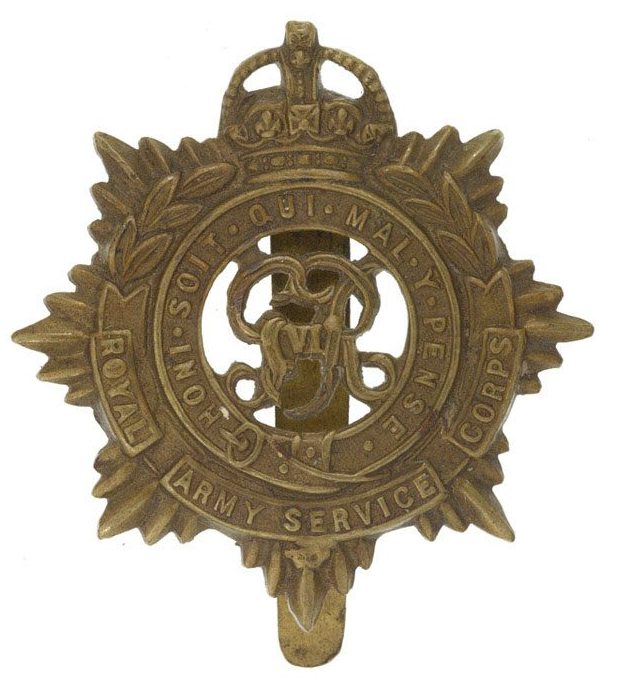Personal Details
Born: 1878 in Whixall, Shropshire
Family: He was the younger of two children born to Edwin Edwards, a general labourer, and his wife Keziah. He married Lily (or Lilly) Stokes in 1903 in Fulham, London and together they had one child, Elsie.
Residence: In 1881 he was living with his parents and sister at 4 Hollinwood, Whixall; by 1891 they had moved to Trafford Street, Hulme, Manchester, Lancashire. In 1901 he was boarding at 14 Belleck Street, Chorlton, Manchester. In 1911 he was living with his wife and daughter at 39 Rodridge Street, Station Town, Wingate, Durham. At some point in the 1920s he emigrated to Australia, probably travelling separately from Lily.
Employment: His military documents have two occupations for him, a collier and canteen waiter.
Died: 21 March 1931 in Queensland, Australia.
Military Details
Regiment: Royal Army Service Corps (previously Labour Corps and King’s Shropshire Light Infantry)
Rank: Private
Service Number: M/396417 (previously 693831, 25212)
Date of Enlistment: 11 December 1915
Date of Discharge: 25 January 1919
Reason for Discharge: Demobilisation
Alfred was awarded the Campaign Medals (British war medal and Victory medal)

The British War Medal (also known as 'Squeak') was a silver or bronze medal awarded to officers and men of the British and Imperial Forces who either entered a theatre of war or entered service overseas between 5th August 1914 and 11th November 1918 inclusive. This was later extended to services in Russia, Siberia and some other areas in 1919 and 1920. Approximately 6.5 million British War Medals were issued. Approximately 6.4 million of these were the silver versions of this medal. Around 110,000 of a bronze version were issued mainly to Chinese, Maltese and Indian Labour Corps. The front (obv or obverse) of the medal depicts the head of George V. The recipient's service number, rank, name and unit was impressed on the rim.
The Allied Victory Medal (also known as 'Wilfred') was issued by each of the allies. It was decided that each of the allies should each issue their own bronze victory medal with a similar design, similar equivalent wording and identical ribbon. The British medal was designed by W. McMillan. The front depicts a winged classical figure representing victory. Approximately 5.7 million victory medals were issued. Interestingly, eligibility for this medal was more restrictive and not everyone who received the British War Medal ('Squeak') also received the Victory Medal ('Wilfred'). However, in general, all recipients of 'Wilfred' also received 'Squeak' and all recipients of The 1914 Star or The 1914/1915 Star (also known as 'Pip') also received both 'Squeak' and 'Wilfred'. The recipient's service number, rank, name and unit was impressed on the rim.

